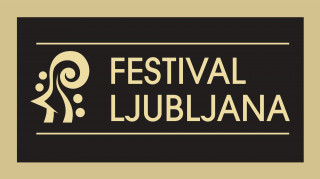Conductor:
George Pehlivanian
Alice Quintavalla, soprano
Ludmilla Bauerfeldt, soprano
Anna Victorova, mezzo-soprano
Carlos Cardoso, tenor
Mikheil Khiria, baritone
RTV Slovenia Symphony Orchestra
Programme
Overture to the Opera The Power of Destiny
Azucena’s Aria from the Act II of the Opera The Troubadour
Overture to the Opera Oberto, Count of St. Boniface
Overture to the Opera The Corsair
Medora’s Aria from the Act I of the Opera The Corsair
Overture to the Opera Nabucco
Overture to the Opera The Sicilian Vespers
Prelude to the Opera La Traviata
Germont’s Aria from the Act III of the Opera La Traviata
Duet of Alfredo and Violetta from the Act I of the Opera La Traviata
Prelude to the Opera Rigoletto
Gilda’s Aria from the Act I of the Opera Rigoletto
Duke’s Aria from the Act III of the Opera Rigoletto
Quartet of Gilda, Duke, Magdalena and Rigoletto from the Act III of the Opera Rigoletto
The concert of arias, which will be dedicated to Verdi’s anniversary as well, will thrill its audience with the most popular arias from such masterpieces as Aida, Il Corsaro, La Traviata and Rigoletto. It will be a genuine kaleidoscope of gurgling melodies, sounding from the throats of the excellent soloists of the Accademia Teatro alla Scala under the baton of Maestro George Pehlivanian.
It was by all means Giuseppe Verdi, who was considered with Richard Wagner, one of the most influential composers of the operatic masterpieces of the 19th century, after Bellini, Donizetti and Rossini. Today it is almost impossible to imagine a decent Opera Theatre without the repertoire of the most popular operas, composed by Giuseppe Verdi. Owing to the fact that they are so renowned even among the viewers, who are not the opera frequenters, many arias have taken root in popular culture. Who has not heard of the Toast from La Traviata or the Chorus of the Hebrew Slaves from Aida or the Chorus of Gypsies from The Troubadour or the Grand March from Aida!
Verdi was also strongly engaged in his country’s political life. Alongside Garibaldi and Cavour he became an emblematic figure of the reunification process of the Italian peninsula.
Sponsor




